|
by Gerry Krzic (K-41; 1977-80) Lunar New Year Here & There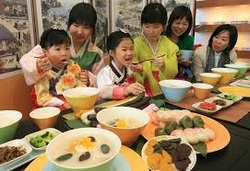 As the Lunar New Year of 2014 fast approaches, we can almost imagine the scene in the markets, department stores, and kitchens in Korea as the citizens prepare to enjoy the extended holiday: Steam from the 떡국 (Rice cake soup) pots rising in the kitchens, elders preparing 세뱃돈 (envelopes with money) for the youngsters, parents choosing the best produce and gifts to take as presents to the family gatherings. Korean communities abroad will also be observing the Lunar New Year. Many Friends of Korea members will be celebrating with family and friends in the U.S. Except, their gatherings will likely be fused with elements of American culture creating a unique way to celebrate the holiday -- sharing 떡국 may morph into a "Dumplingfest." Throughout American history, this has been the case -- a fusing of the old with the new. But, for most of the late 19th and 20th century, the immigrants mainly came from European traditions. It wasn't until changes in U.S. immigration laws in the 1960s that the gates of America were opened wider to Latin America and Asia. The demographic landscape of America has been changing ever since. Smithsonian.com predicts by 2050 that white, non-Hispanic Americans will be in the minority and the Hispanic and Asian communities will nearly double in size: On recent shopping trips to the Korean community to buy items for Christmas and 설날 (Seollal), I was given a first-hand lesson on two visible changes in America's demographics vis-à-vis the Korean community: the surging Korean populations in "secondary" U.S. immigrant destinations and the ingenuity of Korean entrepreneurs to adapt to the changing demographics of American consumers. Traditionally, areas such as New York, LA, Chicago, Honolulu, and Washington, DC have been the centers of large Korean immigrant communities with fewer, but significant, numbers in cities such as Boston, San Francisco, and Seattle. These days, however, large growth is also occurring in what I describe as "secondary destinations." That is, places where Korean immigrants have relocated to after living in the traditional urban Korean immigrant areas listed above. The Pew Research Center provides a graphic of the Korean Communities in the U.S. The Korean-American Community in the Changing America Secondary Destinations: Gwinnett County Georgia One example of a "secondary destination" is Atlanta, Georgia. I had heard of the large Korean population in Atlanta, but until I visited, I was not prepared for the high visibility of the Korean community in the northeast section of the city and suburbs, primarily in Gwinnett County. A quick tour of the area, with the requisite stops at Korean-owned restaurants, bakeries, and supermarkets, and conversations with the employees helped me to understand the attraction of the area. Many of the people I talked to had moved from LA, NY, and DC because they found a more relaxed pace of life, lower costs of living, employment opportunities, and of course – good schools in the Atlanta area. They also mentioned the appeal of the "conservative" nature of the area with life centering around family and churches and the warm weather. (Click on the pictures below for captions and a quick tour of some of the Korean-owned businesses.) Other secondary destinations are Phoenix, Houston, Dallas, etc. Shin Soo-Choo, the popular Korean pro baseball player, related that the reasons he signed with the Texas Rangers were that "he is partial to spring training in Arizona, where he has a home, and is comfortable with the idea of playing before a burgeoning Korean population in the Dallas-Fort Worth market." As seen in the above pictures, the ability of Korean entrepreneurs to adapt their services to changing American demographics is laudable. Understanding the limitations to business growth by serving only a Korean-speaking market, they have sought to expand their products and services to a wider audience, particularly the new immigrants arriving to America. John Sung, of Columbus, Ohio is a good example. John Sung, Korean Entreprenuer: Understanding & Serving the New America 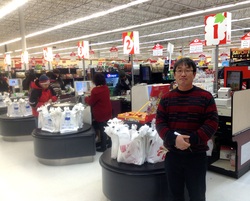 John originally came to the U.S. in 1989 to join family members in Indiana, who had already immigrated in the late 1980s. His mother and brother had the idea of opening a small Korean grocery story in Bloomington, Indiana in 1994. Named Saraga (Korean for “living”), the motto of their store was to “provide food and products for people’s lives.” After a successful ten years in Bloomington, the brothers, noticed the burgeoning immigrant population to the north in Indianapolis and decided to open a larger Saraga on the west side of the city in 2005. Opening a 62,000 square-foot grocery store and trying to learn the dietary preferences of potential customers from Latin America, the Caribbean, the Middle East and South Asia was a challenge. John remembers that “it was difficult at first and we had to build up our stock based on what customers would ask for and what the vendors were suggesting. Often times, we had to throw away produce and items that weren’t selling.” By 2008, the brothers had started to overcome the stress of this “trial and error” period, and the store started to operate in the black. Greater success soon followed as the store revenues began to grow significantly. The success of the store also opened up another opportunity for the brothers. John told me that they noticed that some of their regular customers were Burmese. By talking to them, he learned that the south side of Indianapolis had a large Burmese population, particularly the Chin ethnic group, recent refugees to the area. However, the south side of town lacked a store that could serve their needs. To assist this population, he bought a van to transport the Burmese to his store, often making round trip journeys three to four times a day. However, being chauffeur and trying to manage a large supermarket was a challenge for John, so in 2010 he and his brother decided to give up the transportation business and opened a smaller Saraga store near the Burmese community in Greenwood, Indiana. Having gone through the learning process of their Indiana stores, the brothers felt comfortable enough to spread the Saraga brand to the East and opened a store in Columbus, Ohio – about 2 hours from Indianapolis. Columbus, the fastest growing city in Ohio, is starting to see a large immigrant population develop on the northeastern side of the city – the perfect spot for another Saraga! As of this time, John is still worried if the Columbus store will be a success or not. He is still learning the preferences of his new customers from Nepal, Bhutan, Somalia and Central America. But based on his determination and dedication to serving his customers, the chances for success are high. Finally...If you have any observations about the changing face of America, the Korean community in your area, or your way to celebrate the Lunar New Year, we welcome your comments.
And in the Year of the Horse, FOK wishes all its members and friends a very Happy New Year. 새해 복 많이 받으세요!
452 Comments
This blog was written by Linda Ecker in honor of former Peace Corps Korea Country Director (1970-72) and Peace Director (1972-73), Don Hess. Don passed away on September 15, 2013. He was the first PC Director to initiate training of the Volunteers in their host countries, resulting in effective country-specific training, greater utilization of host country nationals, and cost saving for Peace Corps. 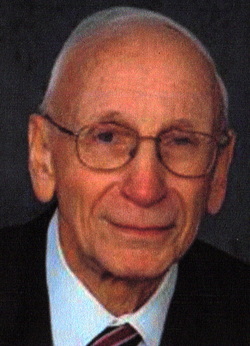 My Tribute to Don Hess One would be hard-pressed to find a more honorable man than Don Hess. He wasn’t flashy. Perhaps he was not even memorable. But he was a man of his word and one who could be counted on to do the right thing always. One might be tempted to add “as he saw it”, but what more can one ask when it comes to character? Perhaps I did not know him as well as some. To the extent that I knew him, this is what I know. I remember the first time I saw Don Hess standing in front of my desk at Peace Corps headquarters on H Street, when we were just across from Lafayette Square. He was humble and polite which was refreshing for someone of his professional stature. I came to know him as unfailingly kind. We exchanged weekly letters during his tenure as Country Director, and when he came to Washington as Director of the Peace Corps, his door was always open to me. Granted, it was a heady time for the Korea Desk Officer with both Kevin O’Donnell and Don Hess occupying consecutive eminent positions. The “Korea Mafia” was an often-heard phrase. I was so happy to see him at the NANEAP gathering in Washington at the 50th Anniversary Celebration. It certainly did not seem then that his “time was limited.” I live in Lancaster now, and I had not known that he was a “Lancaster County boy” and had graduated from Franklin and Marshall College here. I have since learned that he received a Doctor of Humane Letters from F&M in 2011. He had also been a member of the Board of Trustees for the college since 1988. Clearly, he was respected by all who knew him, and I am grateful to have been one of them. Linda Ecker (RPCV, Nigeria & former PC Korea Desk Officer) |
Details
Friends of Korea
This is a BLOG for and about Friends of Korea. Archives
May 2019
Categories |
2021 L Street, NW
|
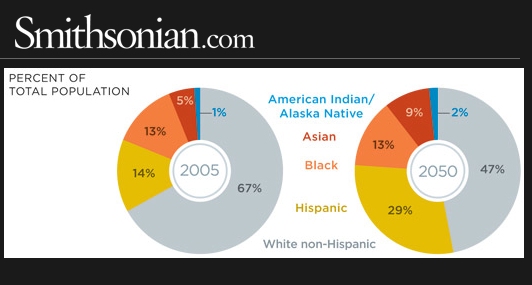
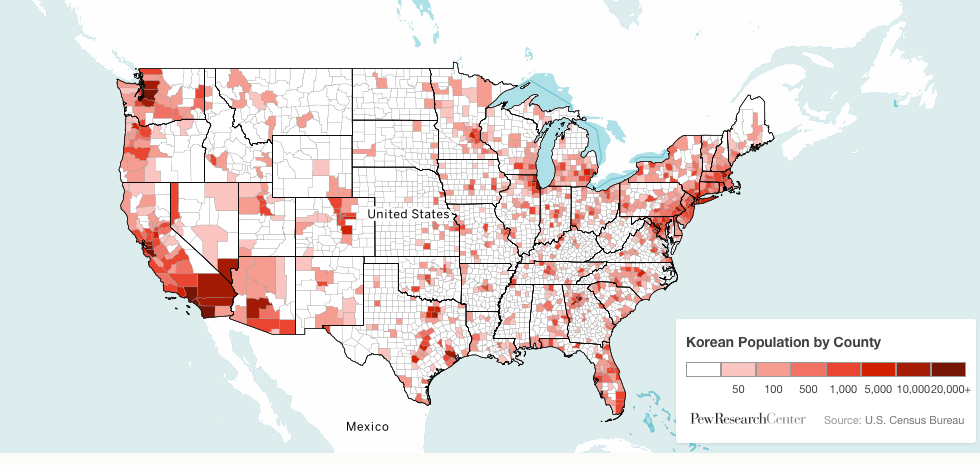
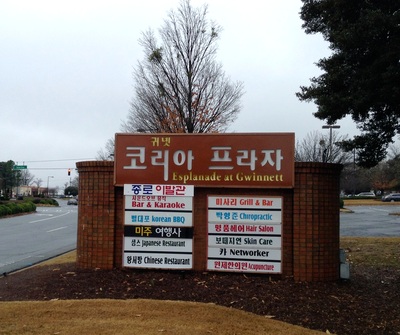
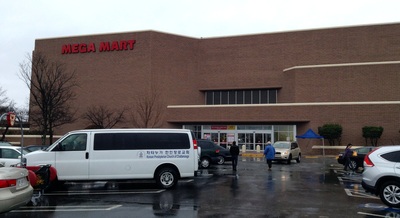
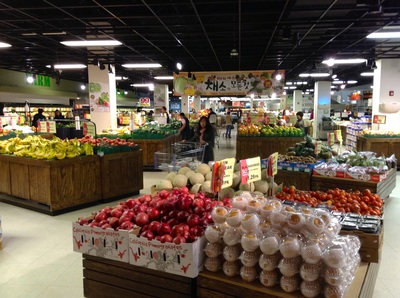
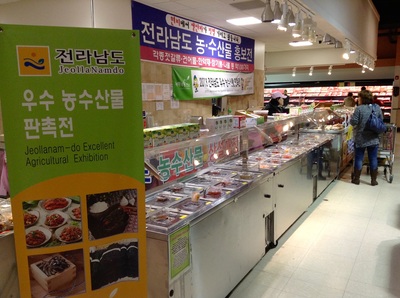
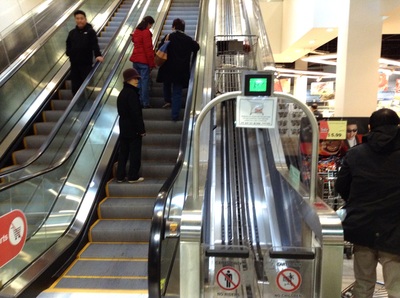
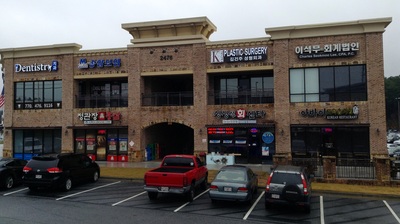
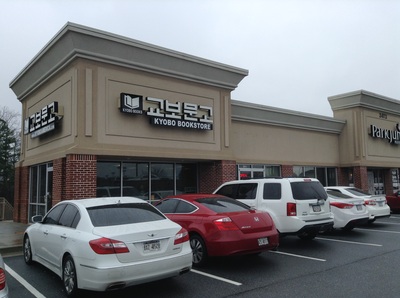
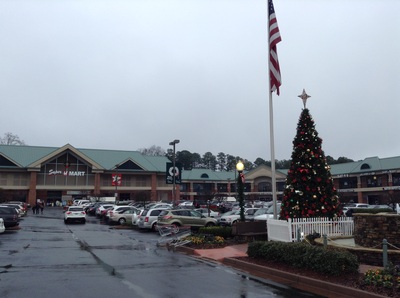
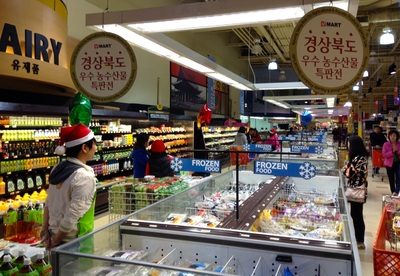
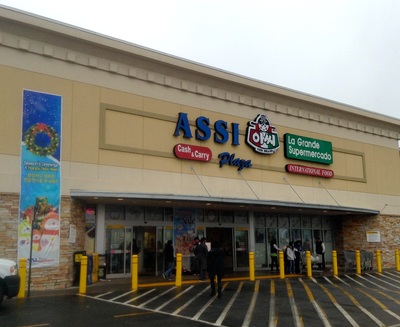
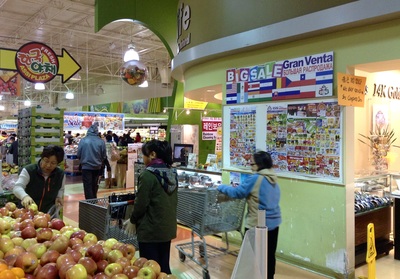
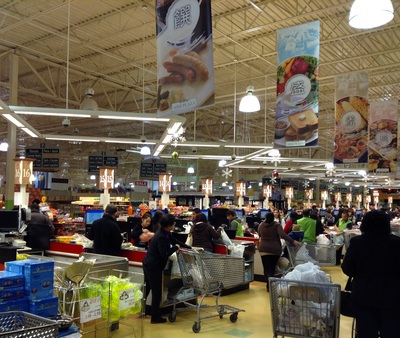
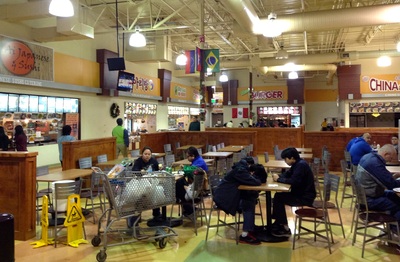
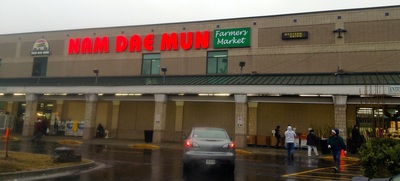
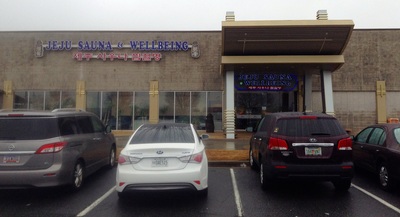
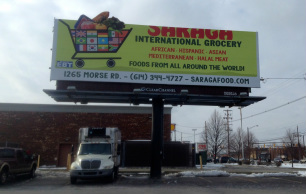


 RSS Feed
RSS Feed

